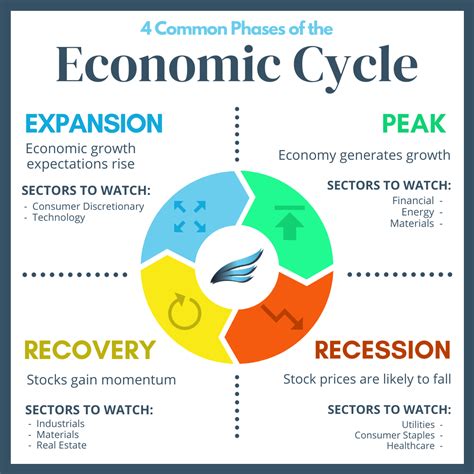In the realm of macroeconomics, the juxtaposition of deflation and growth has sparked significant debate and analysis throughout history. Delving into the comments provided by various individuals, it becomes evident that the interplay between deflation and prosperity is not a straightforward dichotomy, but a multifaceted phenomenon. One user questioned the conditions that allowed deflation and growth to coexist in the 1920s, highlighting the complexity of factors at play during different economic eras.
Moreover, the discourse surrounding deflation and its impact on the economy reveals contrasting viewpoints and interpretations. While some argue that deflation can be advantageous under certain circumstances, such as through technological innovation leading to lower prices, others emphasize the detrimental effects of deflation when coupled with a financial crisis or excessive debt. This dichotomy underscores the importance of context and the underlying causes of deflation.
The role of monetary policy, particularly in managing deflationary pressures, emerges as a pivotal theme in the discussion. References to historical events, such as the Great Depression and subsequent policy responses, shed light on the significance of central bank interventions and fiscal measures in mitigating economic downturns. The contrasting experiences of different countries, such as Japan’s prolonged battle with deflation and the United States’ post-war economic resilience, illustrate the varied outcomes resulting from policy decisions.
Key concepts in economic theory, such as Keynesian economics and the gold standard, are scrutinized in the context of deflationary spirals and market fluctuations. The tension between inflation and deflation, as well as the implications for debt dynamics and wealth distribution, forms a critical backdrop for evaluating the long-term sustainability of economic policies. Recognizing the interconnected nature of global economies, the discourse extends to contemporary issues and the potential ramifications of current monetary and fiscal strategies.
By examining historical patterns and contemporary economic challenges through a nuanced lens, it becomes evident that the dynamics of deflation and growth are shaped by a multitude of factors, including policy responses, societal norms, and technological advancements. The ongoing dialogue among experts and enthusiasts underscores the evolving nature of economic theory and the imperative of informed decision-making in navigating complex macroeconomic landscapes.
Ultimately, the discourse on deflation and its implications transcends mere economic analysis, delving into sociopolitical considerations, policy dilemmas, and the broader implications for individuals and societies. As the economic landscape continues to evolve, the insights gleaned from historical perspectives and contemporary debates offer valuable lessons for navigating the intricacies of deflation, growth, and the interplay of macroeconomic forces.
The interactive nature of the comments serves as a testament to the enduring relevance and complexity of economic topics, inviting readers to explore diverse viewpoints and engage in critical discussions surrounding deflation, growth, and the broader dynamics of economic history.


Leave a Reply